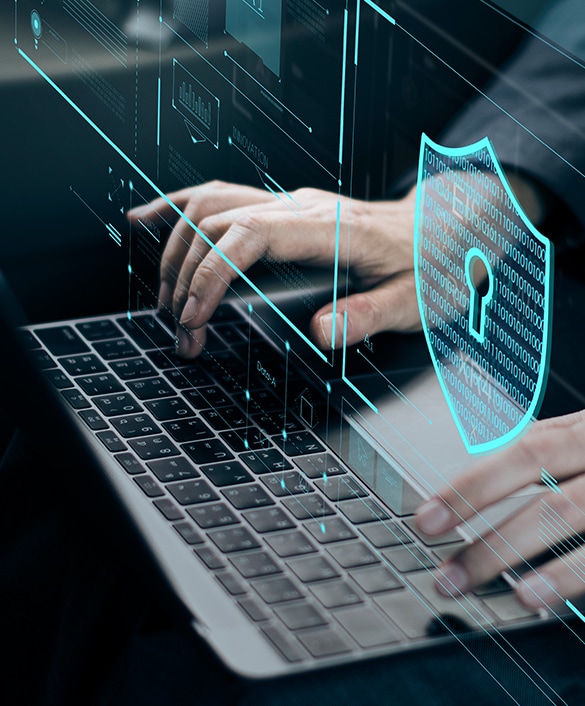Technology Planning: Manage Cybersecurity Risk
The Process of Creating a Proactive Data Security Strategy.
The constantly evolving threat landscape makes it increasingly challenging to defend your data and network against cyberattacks. To protect against costly breaches, you need a holistic and proactive cybersecurity strategy to bolster your defenses and mitigate risk.
3 Key Phases for Managing Your Cybersecurity Risk
PHASE 1
Prevention & Protection
Start by implementing a multilayered approach to keep your data and networks secure.
- Identify your current vulnerabilities by conducting a gap analysis, penetration testing and other relevant assessments.
- Adopt a zero trust philosophy that requires every user and device to prove identity and authorization.
- Evaluate how effectively you’re using existing security technologies.
- Determine which additional compensating controls and strategies you need to improve visibility and strengthen your overall security and risk program.
- Educate your employees about how to recognize threats so they can adopt a security-first mindset.
- Recognize that risk assessment and security are a journey, not a destination.
PHASE 2
Detection & Response
Develop a comprehensive plan for quickly detecting and containing a breach to minimize its impact.
- Properly segment your network to limit unauthorized intruders’ ability to move freely and also improve mean time to respond.
- Enhance processes that focus on continuous monitoring to improve the detection of anomalies and events.
- Implement content security solutions to quarantine and inspect suspicious activity, integrate data loss prevention and detect forged email.
- Fortify security controls for users, devices, applications and networks.
- Ensure you have the ability to consistently monitor your environment by implementing proper log management best practices.
- Create and document a detailed incident response plan and perform tabletop exercises to improve breach simulation and game-day scenarios.
PHASE 3
Recovery
Ensure you have a strategy for keeping your business up and running post-attack.
- Focus on building resilience into your environment vs. complete safety.
- Develop and test a disaster recovery and remediation process that addresses your organization’s risk profile.
- Review and strengthen your current backup strategy for your critical services and systems that are frequently targets of specific ransomware attacks.
- Consider augmenting your cybersecurity and risk strategy with cyber insurance.
- Ensure that proper policy and procedure documentation is current in order to maintain a chain of custody for data forensics purposes.
- Consider augmenting in-house resources with experienced partners to improve your incident response teams.
Next step: Give us a call about mitigating your risk.
Security Services
CDW Amplified™ Security services provide independent evaluations of your security posture and help you fortify your weaknesses.
Expert Guidance
We work with you to design security controls, orchestrate defense and manage risk as part of a comprehensive security strategy.
Request a Security Assessment
Our framework assessment and penetration testing gives you valuable visibility into what you don’t know about your current vulnerabilities.
MKT42904






